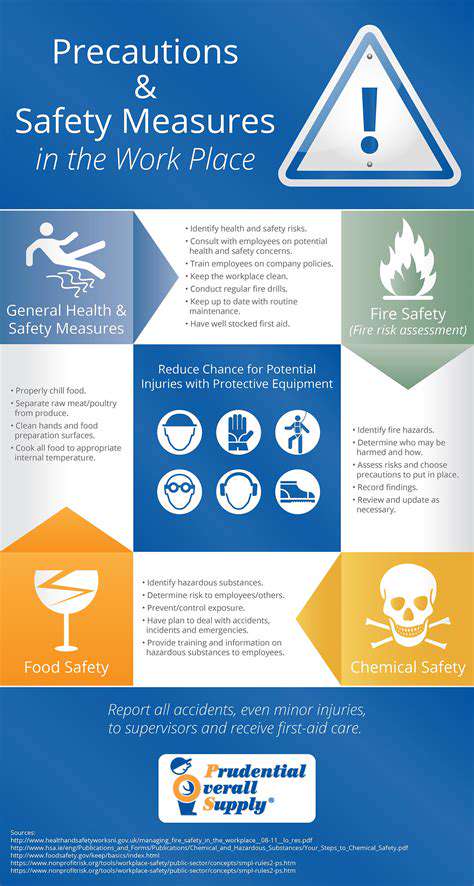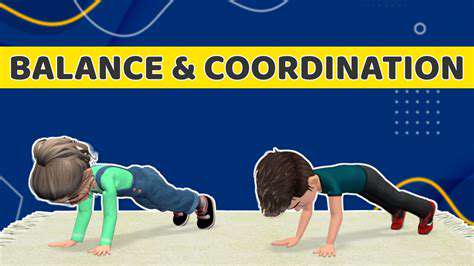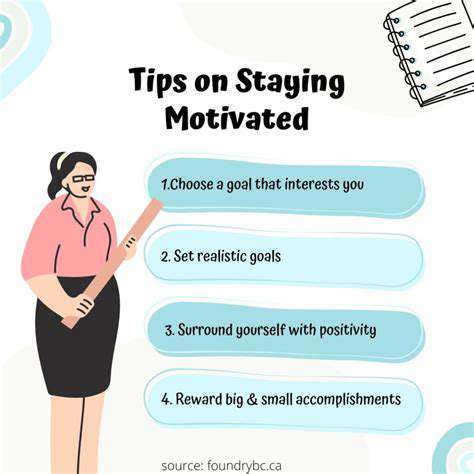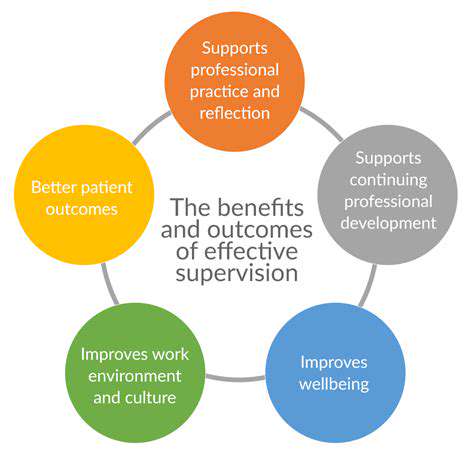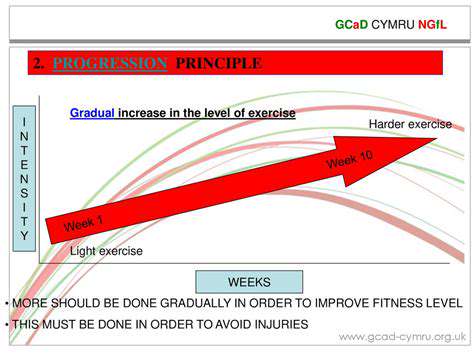Heel to Toe Walking: A Key Balance Exercise for Seniors
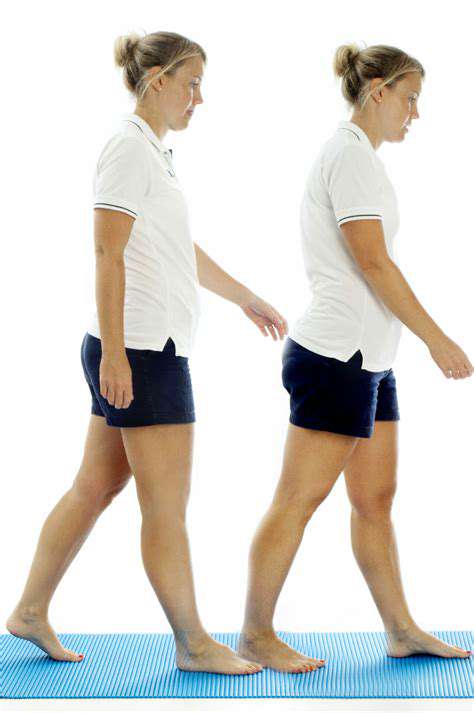
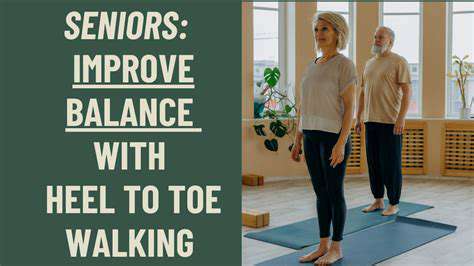
Modifying Heel-to-Toe Walking for Different Needs
Adjustments for Elderly Individuals
As we grow older, maintaining balance and stability becomes crucial for daily life. The heel-to-toe walking technique can be adapted for seniors by making simple yet effective changes. Many older adults find that using a cane or walker provides that extra bit of confidence when practicing this movement. Shorter strides and a slightly wider stance often make the exercise more manageable while still providing the benefits. It's remarkable how small adjustments can make such a difference in safety and comfort.
Creating a safe practice space is equally important. I've seen how removing loose rugs and ensuring good lighting can prevent accidents. For those concerned about osteoporosis, modified heel-to-toe walking combined with targeted strength exercises can be particularly beneficial. The key is consistency - regular practice, even for just a few minutes daily, helps maintain mobility over time.
Modifications for Neurological Conditions
Neurological conditions like Parkinson's present unique challenges for movement. What's fascinating is how rhythm can help - many therapists recommend walking to a metronome beat or counting steps aloud. Visual markers on the floor serve as helpful guides, creating focal points that improve consistency. These adaptations demonstrate how the brain can be retrained through structured practice.
Adaptations for Limb Differences
Modern prosthetics have revolutionized mobility for individuals with limb differences. A properly fitted prosthetic allows for remarkably natural heel-to-toe motion. For those with limb length discrepancies, slight adjustments in foot placement often compensate beautifully. The human body's ability to adapt never ceases to amaze me. Working with a skilled physical therapist ensures these modifications support long-term joint health.
Athletic Applications
Many professional athletes incorporate heel-to-toe drills into their training. The exercise's focus on controlled movement translates directly to sports performance. I've observed trainers adding resistance bands or incline variations to challenge balance further. Soccer players particularly benefit from the enhanced proprioception this practice develops.
Managing Foot Pain
Foot discomfort shouldn't prevent participation. Proper footwear makes all the difference - I recommend shoes with adequate arch support and cushioning. Some find relief by slightly shortening their stride to reduce impact. For persistent pain, a podiatrist can suggest orthotic inserts that redistribute pressure effectively.
Balance Disorder Considerations
Starting in parallel bars or near a wall provides essential security for those with balance issues. The gradual progression I've seen in therapy settings is inspiring - from supported practice to independent walking. Incorporating head turns and other challenges once basic stability is achieved helps build comprehensive balance skills.
Incorporating Heel-to-Toe Walking Daily
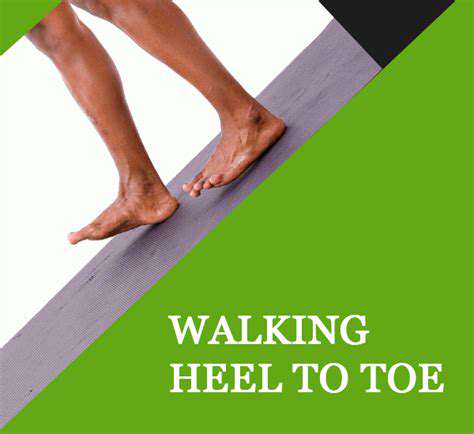
Why This Walking Style Matters
The heel-to-toe pattern represents our most natural, efficient gait. What many don't realize is how it engages the entire kinetic chain from feet to core. Postural improvements become noticeable surprisingly quickly with consistent practice. I've watched clients stand taller within weeks of focused effort.
Joint health benefits accumulate over time as this movement pattern distributes forces evenly. The ankles, knees and hips all benefit from the balanced loading. For arthritis sufferers, the gentle motion often provides relief while maintaining mobility. The key lies in maintaining proper form - heel first, then smooth roll through to toe push-off.
Beyond physical benefits, the mental focus required creates a moving meditation of sorts. Many report feeling more grounded and present during and after practice. The cardiovascular boost, while modest, adds up significantly with regular sessions.
Making It Part of Your Life
Integration works best when started small. I suggest clients begin by focusing on heel-to-toe during specific portions of their regular walks. Posture forms the foundation - imagine a string lifting your head toward the sky while shoulders stay relaxed. The core naturally engages when alignment is correct.
Morning routines offer perfect opportunities - heel-to-toe walking to the bathroom or kitchen starts the day mindfully. Office workers can practice while moving between workstations. The beauty lies in its simplicity - no equipment needed beyond comfortable shoes.
For those wanting structured progression, I recommend starting with 5-minute focused sessions three times weekly, gradually increasing duration. Pairing with balance exercises or light strength training creates comprehensive mobility benefits. Listening to your body prevents overexertion while still making progress.

